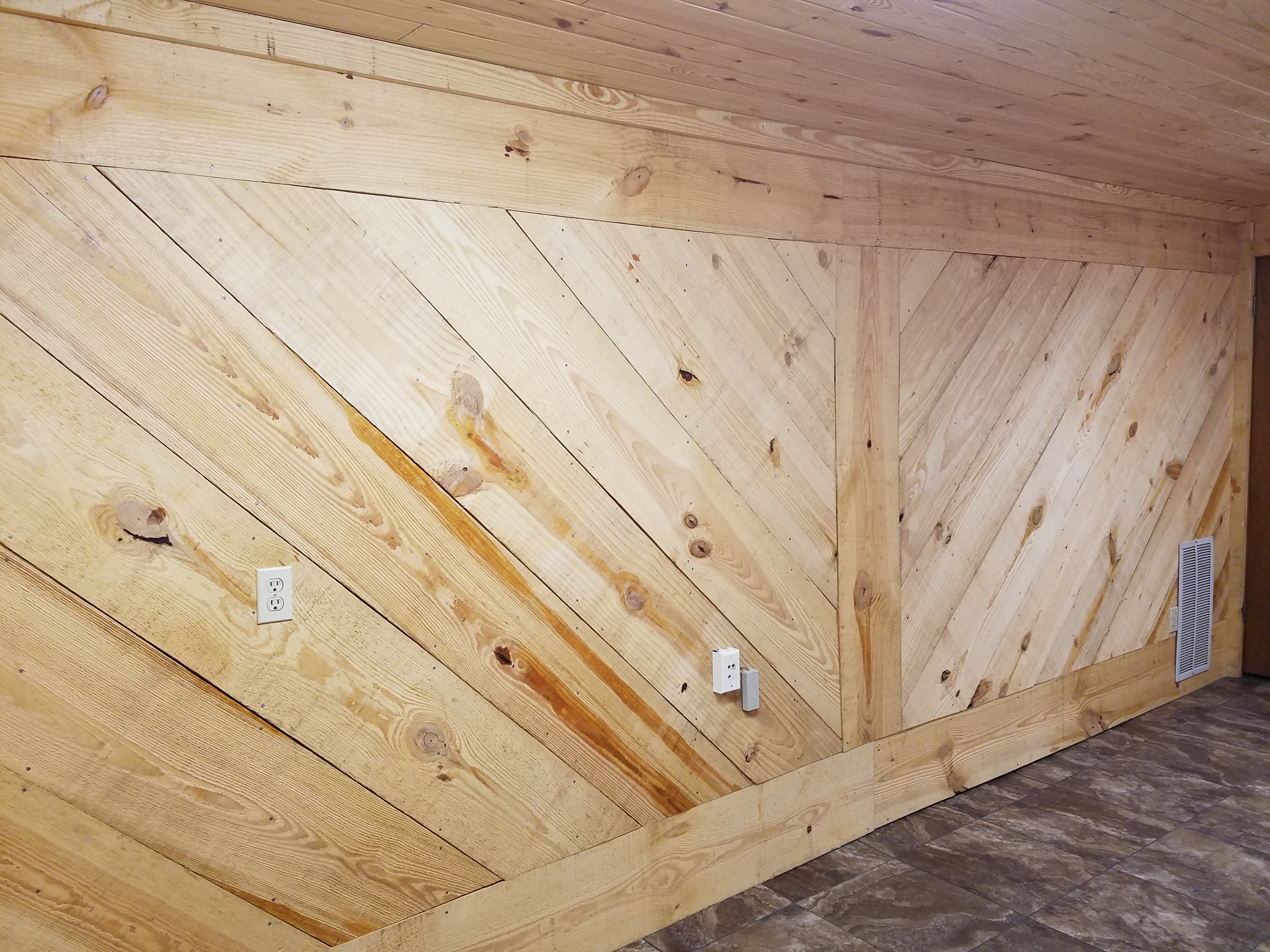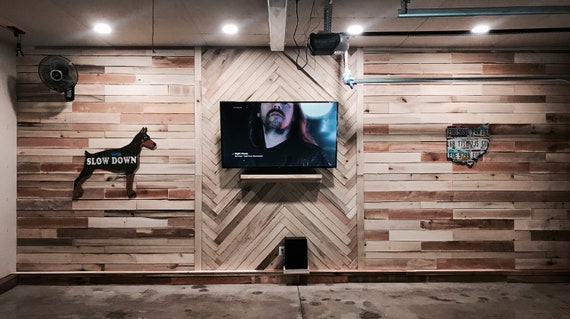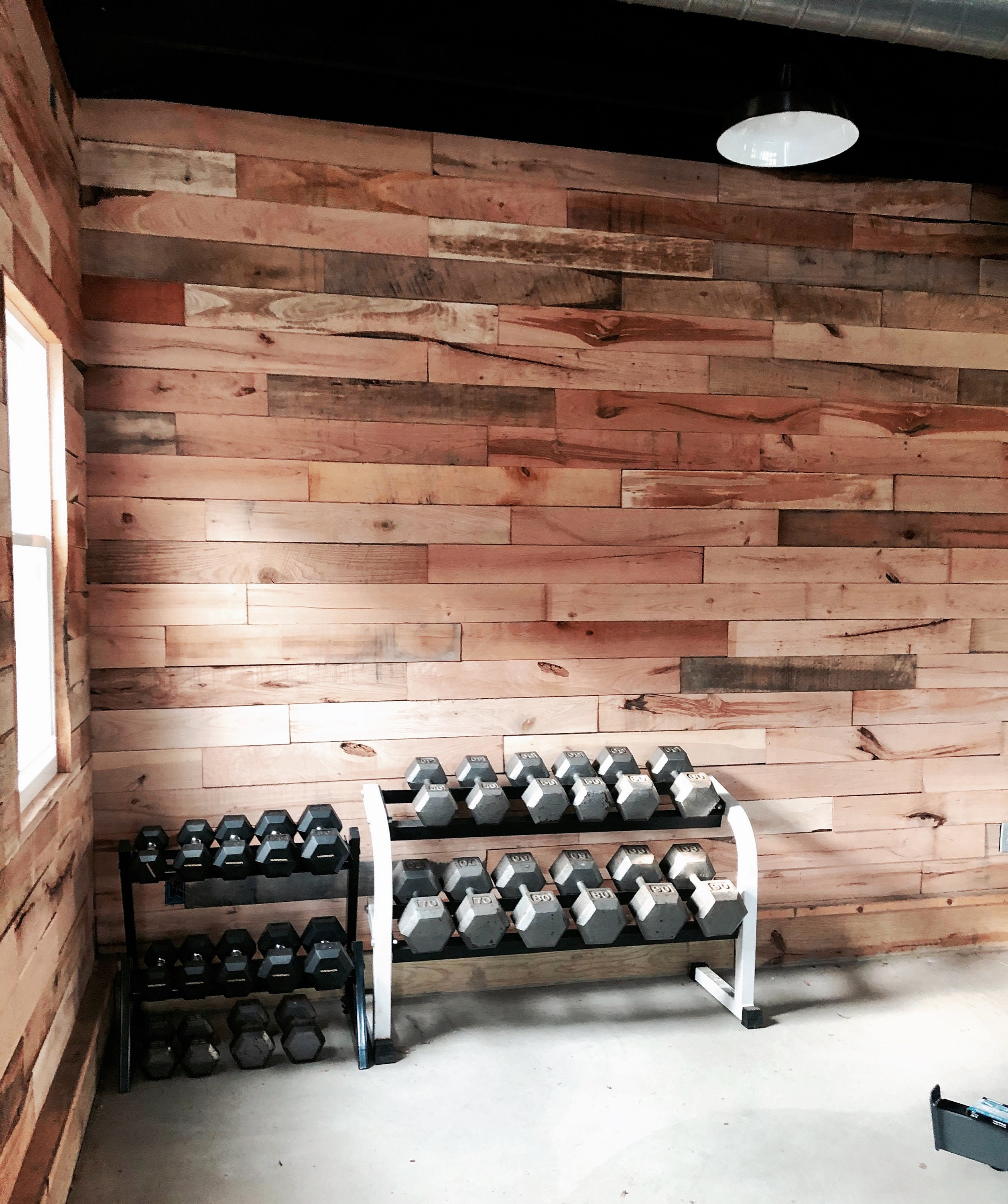When it comes to interior design, the choice of materials speaks volumes about your style and the ambiance you want to create. In my journey through various home décor styles, rough cut lumber has emerged as an absolute favorite. Its authenticity and rustic charm can elevate any space, bringing a touch of nature indoors. In this comprehensive guide, we’ll explore the ins and outs of incorporating rough cut lumber into your interior design, complete with personal insights, tips, comparisons, and much more!
What is Rough Cut Lumber?
Rough cut lumber refers to timber that has been cut from trees and has not undergone any finishing or planing processes. This gives it a unique appearance with natural imperfections, knots, and varying textures. Unlike processed wood, rough cut lumber retains its organic qualities, making it ideal for rustic and farmhouse-style interiors.
The Allure of Rough Cut Lumber in Interior Design
There’s something incredibly appealing about rough cut lumber. It provides a warmth and authenticity that often feels missing in modern, polished materials. Here are some key reasons why many designers and homeowners are gravitating toward this natural choice:
- Natural Aesthetic: The textures and irregularities of rough cut lumber create a visually stunning contrast against sleek modern finishes.
- Versatility: It can be used in various applications, from flooring to cabinetry, to accent walls and furniture.
- Environmental Benefits: Sourced sustainably, it is often more eco-friendly than manufactured materials.
- Easy Customization: It can be easily stained, painted, or left as-is to suit your style.
Incorporating Rough Cut Lumber: Top Design Ideas
Now that we’ve established what rough cut lumber is and why it’s so appealing, let’s dive into practical ways to incorporate it into your interior design.

1. Statement Walls
One of the most popular ways to use rough cut lumber is as a statement wall. This technique draws the eye and serves as a beautiful backdrop for furniture and decor.
Pros and Cons of Statement Walls
| Pros | Cons |
|---|---|
| Adds warmth and texture | Can be expensive depending on the area covered |
| Creates a focal point | May require maintenance over time |
| Suitable for various styles | Installation can be labor-intensive |

2. Rustic Furniture
Imagine a dining table or coffee table crafted from rough cut lumber—its irregular edges and rich hues telling a story of their own. Here’s how to utilize rough cut lumber in furniture design:
- Dining Tables: Create custom dining tables that serve as the heart of your home.
- Shelving Units: Use rough cut lumber for open shelving that showcases your favorite décor pieces.
- Accent Pieces: Incorporate smaller items like stools or side tables to add rustic charm without overwhelming the space.

3. Flooring Options
Using rough cut lumber for flooring is an excellent way to introduce a rustic feel to your home right from the ground up.
Comparison of Flooring Types
| Type | Durability | Maintenance | Cost |
|---|---|---|---|
| Rough Cut Lumber | Moderate | Requires sealing every few years | $$ |
| Engineered Wood | High | Minimal maintenance | $$$ |
| Laminate | Low | Easy to clean | $ |

4. Ceiling Beams
If you want to introduce an element of rustic design without extensive renovations, consider adding rough cut lumber ceiling beams. They can transform a plain ceiling into a stunning architectural feature.
Rough Cut Lumber and Color Schemes
When working with rough cut lumber, the choice of color scheme plays a crucial role in achieving harmony in your interior design. Here are some combinations that work beautifully:

- Warm Tones: Pair rough cut lumber with earthy tones like terracotta, olive green, or deep brown for a cohesive look.
- Cool Contrasts: Use sleek white or grey finishes alongside rough wood to create a modern, contrasting aesthetic.
- Natural Accents: Combine with natural stone or metal finishes for a balanced and organic feel.
Maintenance Tips for Rough Cut Lumber
Embracing rough cut lumber means being prepared for some maintenance to keep it looking its best. Here are a few tips:

- Regular Cleaning: Dust and clean regularly to prevent buildup. Use a damp cloth and avoid harsh chemicals.
- Sealing: Consider applying a wood sealant to protect the surface from moisture and staining.
- Avoid Direct Sunlight: Prolonged exposure can lead to fading, so use curtains or blinds to protect your wood.
Cost Considerations for Using Rough Cut Lumber
Before diving into a project involving rough cut lumber, it’s also essential to understand the potential costs. Here’s what you might expect:
Factors Affecting Cost
- Type of Wood: Different species of wood have varying price points.
- Source: Sourcing from local mills can reduce transportation costs.
- 加工: Cost will also depend on whether you are purchasing pre-cut pieces or raw lumber.
FAQs About Rough Cut Lumber Interior Design
What types of wood are commonly used for rough cut lumber?
Common types of wood include pine, oak, cedar, and maple. Each wood species has its unique characteristics and colors.
Can I use rough cut lumber in a modern home?
Absolutely! Rough cut lumber can complement modern designs by adding warmth and texture, creating a beautiful contrast with sleek surfaces.
How do I find quality rough cut lumber?
Look for local sawmills or lumber retailers that specialize in rough cut options. They often provide high-quality selections and can offer guidance on usage.
Is rough cut lumber suitable for outdoor use?
While rough cut lumber can be used outdoors, it requires special treatments to protect against weathering and pests. Always check the specifications for outdoor use.
Conclusion: Transform Your Space with Rough Cut Lumber
Incorporating rough cut lumber into your interior design can be a transformative choice that adds character and warmth to any space. Whether you’re building a farmhouse-style cottage or aiming for a modern rustic aesthetic, rough cut lumber provides a versatile and visually appealing option. Embrace the natural feel and unique charm it brings to your home, and let your personality shine through every corner! Remember, the beauty of design lies in its ability to reflect who you are—so get creative and enjoy every step of the journey!